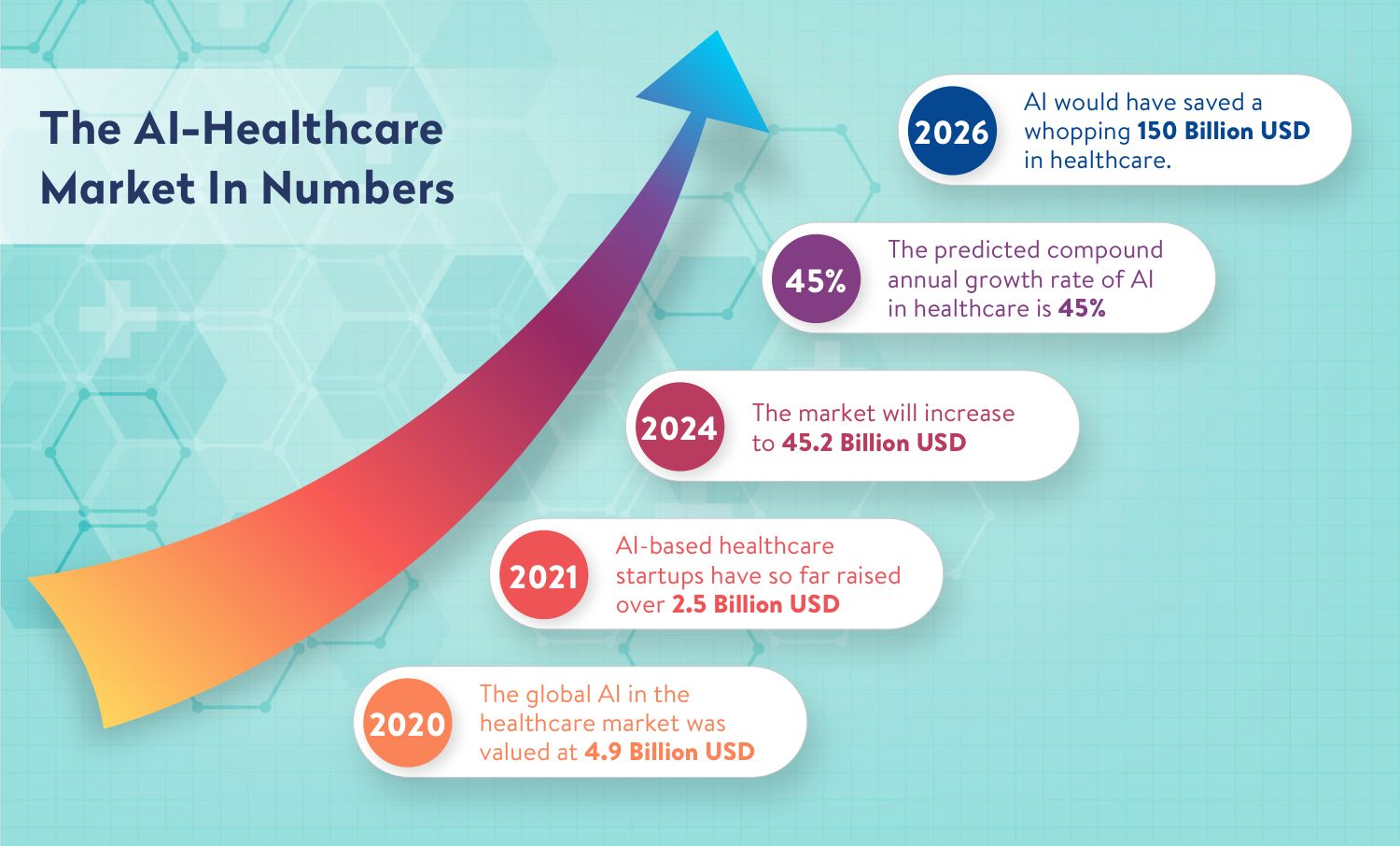 Paradigm Shift: The Evolution of AI and its Implications
Paradigm Shift: The Evolution of AI and its Implications
Introduction:
The release of OpenAI’s ChatGPT 18 months ago marked a significant milestone in the AI field. With over 100 million users in just two months, it became the fastest-growing consumer application ever. However, concerns quickly arose about the potential dangers of AI, with some fearing a future where AI surpasses human intelligence and threatens humanity’s existence.
The Rise of GPT-4o:
Despite these fears, OpenAI has continued to push the boundaries of AI technology. Their latest release, GPT-4o, is an advanced form of weak AI that can reason across audio, vision, and text in real-time. It possesses emotional intelligence, conversational abilities, and the ability to process visual input. Mark Sullivan of Fast Company describes this as a significant leap forward, with GPT-4o becoming more emotionally intelligent.
Not Quite AGI:
While GPT-4o represents a remarkable achievement, it is important to note that it is not artificial general intelligence (AGI). It operates within specific parameters and still has limitations. It is crucial to understand that GPT-4o is a powerful tool designed for specific applications rather than a fully autonomous, general-purpose intellect.
Real-World Applications:
The capabilities of GPT-4o have the potential to revolutionize various industries. Incorporating human-like interaction can enhance user experiences in customer service, virtual assistance, education, and entertainment. Companies like Nomi, Kindroid, and Replika are already using large language models to create AI companions that users can chat with. The addition of a human-like face further enhances the appeal of these virtual assistants and opens up possibilities in healthcare, caregiving, coaching, and education.
Transformative Opportunities:
The integration of audio, visual, and textual data offers transformative opportunities in sectors like healthcare and education. Virtual health assistants could operate as 24/7 health advisors, providing immediate medical advice and mental health support. In education, adaptive content that responds in real-time to individual student needs can cater to varied learning styles. The potential for nuanced patient interaction and personalized care plans in healthcare is immense.
The Future of AI:
As AI continues to evolve, we can expect even more sophisticated forms of natural language understanding and emotional intelligence. AI may become an integral part of emotional support networks, providing empathetic companionship and aid. However, to navigate this AI revolution responsibly, it is crucial for developers, users, and policymakers to engage in ongoing dialogue about the ethical use of these technologies. Ensuring that AI remains a tool that empowers rather than diminishes our humanity is paramount.
Conclusion:
The journey of AI from niche technology to a fundamental part of our daily interactions is both exhilarating and daunting. OpenAI’s GPT-4o represents a significant leap forward in AI capabilities, but it is important to recognize its limitations. The potential applications of GPT-4o in various industries are vast, offering transformative opportunities for personalized care, improved education, and more. However, responsible development and ethical use of AI must be at the forefront of discussions as we navigate this transformative journey. With wisdom and foresight, AI can empower us while preserving our humanity.

